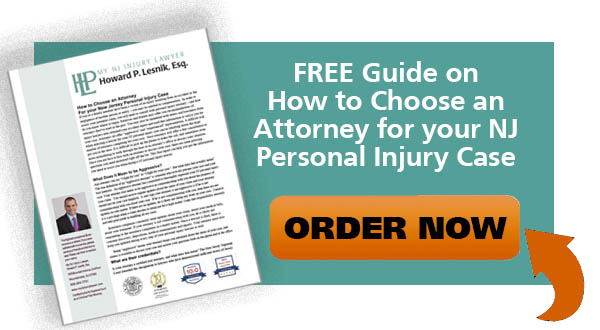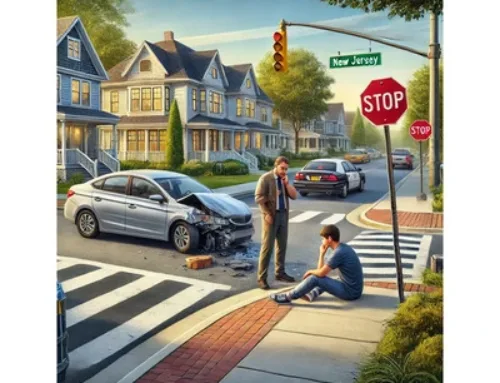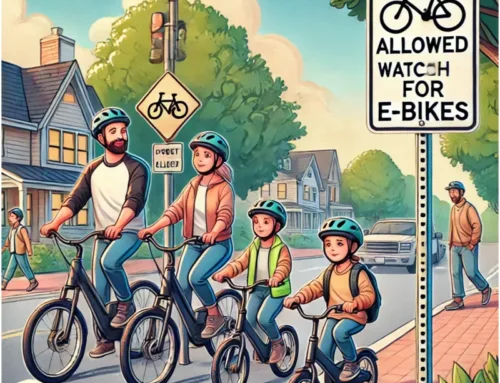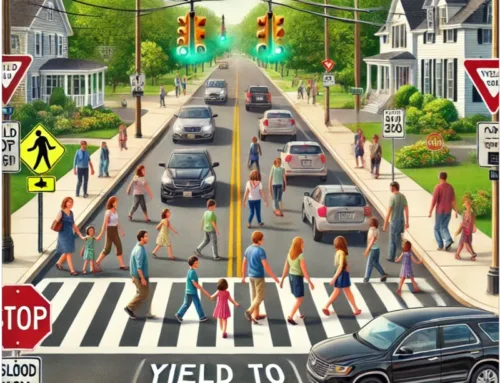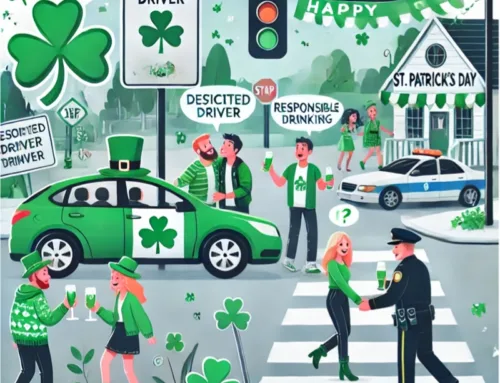When they first made their debut on store shelves in the middle of the previous decade, hoverboards (along with similar products like e-scooters and e-bikes, collectively referred to as micromobility products) seemed more like a fancy toy or short-lived trend, rather than a utilitarian transportation option. However, with the rise of app-based rental services for these devices appearing in several dozen major cities across the country, these devices are finding a wider base of users – and, correspondingly, are involved in increasing numbers of injuries requiring emergency room visits.
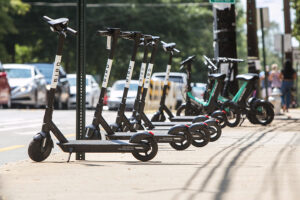 According to a report by the U.S. Consumer Product Safety Commission (CPSC), during the four-year period spanning 2017 to 2020, emergency rooms across the country reported more than 190,000 injuries involving these micromobility products, with a steady increase in injuries per year over the course of that time period. 2017 saw 34,000 injuries caused by micromobility products, increasing to 44,000 injuries in 2018, and 54,800 injuries in 2019. Most likely due to the COVID-19 pandemic resulting in fewer people going out, the increase in injuries for 2020 was flatter, with 57,800 micromobility product injuries reported that year. Of these injuries, e-scooters accounted for a larger share every year, starting with only 7,700 injuries caused by e-scooters in 2017, and soaring to 25,400 e-scooter injuries in 2020.
According to a report by the U.S. Consumer Product Safety Commission (CPSC), during the four-year period spanning 2017 to 2020, emergency rooms across the country reported more than 190,000 injuries involving these micromobility products, with a steady increase in injuries per year over the course of that time period. 2017 saw 34,000 injuries caused by micromobility products, increasing to 44,000 injuries in 2018, and 54,800 injuries in 2019. Most likely due to the COVID-19 pandemic resulting in fewer people going out, the increase in injuries for 2020 was flatter, with 57,800 micromobility product injuries reported that year. Of these injuries, e-scooters accounted for a larger share every year, starting with only 7,700 injuries caused by e-scooters in 2017, and soaring to 25,400 e-scooter injuries in 2020.
The kinds of injuries resulting from the use of these devices vary, depending both on how the accident occurred and what kind of device was being ridden – according to another CPSC report, hoverboards are known to have problems with catching fire, while e-scooters are prone to brake malfunctions – the most common areas of injury are the upper and lower limbs, as well as the head and neck. The CPSC is aware of at least 71 fatalities associated with micromobility products during the four-year period between 2017 and 2020. Given that e-scooters are capable of reaching speeds up to 15 mph, it is easy to imagine the kind of damage a person could suffer in a fall or collision involving one of these micromobility products moving at top speed.
In the CPSC report, the hazards associated with hoverboards, e-bikes, and e-scooters are broken down into three general categories: mechanical issues, electrical issues, and human factors. In the case of mechanical and electrical problems, which reflect either a manufacturer defect or damage sustained by the device over time and use, the CPSC recommends checking over all components of the e-scooter or other device before each use; in doing so, the rider may spot signs of damage with the potential to cause a loss of control and result in a crash. Components that should be inspected for damage include the tires, frame, brakes, throttle, handlebars, cables, bell, and lights. In addition, the CPSC is working with Underwriters Laboratories and ASTM International to improve voluntary standards based on incident data, with the intent of reducing manufacturer defects with the potential to cause accidents.
The human factor presents a different set of challenges. Neither e-scooters, e-bikes, nor hoverboards require any sort of license to operate, and though some e-scooters are designed with adults in mind based on the size and speed of the devices, these are recommendations rather than laws. Also, the rise of app-based rental services makes micromobility products much more easily available to the general public for as little as a dollar per ride and a few taps of a smartphone. Not only does this mean many more people have access to the devices, but also that more of the people using them are likely to be occasional or novice riders. And of course, the operators of e-scooters and similar devices are vulnerable to all the same kinds of distractions and impairments that can imperil motorists – and it’s worth noting that automotive fatalities have spiked since the start of the COVID-19 pandemic, reversing a previous standing trend of increasingly safer roads.
In the face of these challenges, the CPSC can only make recommendations, urging riders to wear helmets (which the app-based rental services are unlikely to furnish to their customers), to remain alert and avoid distractions, to avoid reckless behavior or riding while impaired, and to ride defensively, remembering that motorists may not see or notice micromobility product users. E-Scooters and similar devices are relatively small and silent in comparison to cars and trucks and can thus be difficult for drivers and pedestrians alike to notice. The CPSC also urges micromobility product users to park their devices in appropriate locations to avoid creating public obstacles and tripping hazards; some cities in which app-based rental services operate without designated docks to return their devices have encountered problems with users leaving e-bikes and e-scooters lying around on sidewalks, streets, and lawns. Some apps have implemented features to penalize careless users, but such “human factors” always present challenges.
Contact MyNJInjuryLawyer Howard P. Lesnik
If you or a loved one suffered an injury in an accident in NJ, you should contact an attorney familiar with handling these claims. An experienced NJ Injury Lawyer will know how to obtain medical records, videos, photographs, experts, locate witnesses and contact the insurance company so you can make a claim for your injuries.
My NJ Injury Lawyer Howard P. Lesnik, Esq. offers complimentary strategy sessions to address any issue or questions you may have for your injury claim in NJ.
Please contact NJ Injury Lawyer Howard Lesnik, Esq., immediately if you were involved in an accident. I personally handle NJ personal injury cases on a regular basis. Please contact me now by email, by phoning 908.264.7701, or by completing the form to the right to schedule your complimentary 30-minute strategy session.


